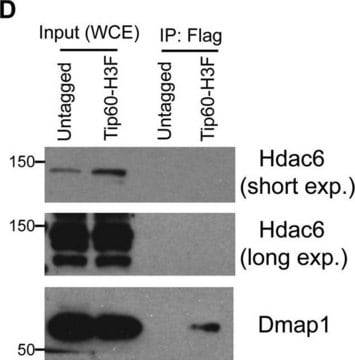Products may be shipped at a different temperature than the recommended long-term storage temperature. If the product quality is sensitive to short-term exposure to conditions other than the recommended long-term storage, it will be shipped on wet or dry-ice. If the product quality is NOT affected by short-term exposure to conditions other than the recommended long-term storage, it will be shipped at ambient temperature. As shipping routes are configured for minimum transit times, shipping at ambient temperature helps control shipping costs for our customers. For more information, please refer to the Storage and Transport Conditions document: https://www.sigmaaldrich.com/deepweb/assets/sigmaaldrich/marketing/global/documents/316/622/storage-transport-conditions-mk.pdf
270741
Reagent Alcohol
≥89.0% (GC), denatured, suitable for HPLC, contains 5% isopropyl alcohol as denaturant, 5% methyl alcohol as denaturant
Sinonimo/i:
Ethanol, RGA, denatured alcohol
About This Item
Prodotti consigliati
Nome del prodotto
Reagent Alcohol, denatured, suitable for HPLC
Densità del vapore
1.59 (vs air)
Saggio
≥89.0% (GC)
Stato
liquid
contiene
5% isopropyl alcohol as denaturant
5% methyl alcohol as denaturant
Limite di esplosione
3.1-27.7 %
tecniche
HPLC: suitable
Impurezze
≤0.10% water
Residuo dopo evaporazione
<0.0005%
P. ebollizione
78 °C
Punto di fusione
-114 °C
λ
H2O reference
Assorbanza UV
λ: 205 nm Amax: 1.00
λ: 210 nm Amax: 0.65
λ: 220 nm Amax: 0.35
λ: 255 nm Amax: 0.04
λ: 300-400 nm Amax: 0.01
applicazioni
food and beverages
Temperatura di conservazione
room temp
Stringa SMILE
OCC
InChI
1S/C2H6O/c1-2-3/h3H,2H2,1H3
LFQSCWFLJHTTHZ-UHFFFAOYSA-N
Cerchi prodotti simili? Visita Guida al confronto tra prodotti
Descrizione generale
Applicazioni
Confezionamento
As a global leader in lab reagents, we are constantly looking for new ways to optimize the safety of our products. The newly developed 4L solvent bottle design features advanced sealing technology that eliminates leaks to make the handling of solvents safer and more convenient than ever before.
See all the new features here!
Componenti
Avvertenze
Danger
Indicazioni di pericolo
Consigli di prudenza
Classi di pericolo
Eye Irrit. 2 - Flam. Liq. 2 - STOT SE 2
Organi bersaglio
Eyes,Central nervous system
Codice della classe di stoccaggio
3 - Flammable liquids
Classe di pericolosità dell'acqua (WGK)
WGK 2
Punto d’infiammabilità (°F)
48.2 °F - closed cup
Punto d’infiammabilità (°C)
9 °C - closed cup
Scegli una delle versioni più recenti:
Possiedi già questo prodotto?
I documenti relativi ai prodotti acquistati recentemente sono disponibili nell’Archivio dei documenti.
-
How is shipping temperature determined? And how is it related to the product storage temperature?
1 answer-
Helpful?
-
-
How can I determine the shelf life / expiration / retest date of this product?
1 answer-
If this product has an expiration or retest date, it will be shown on the Certificate of Analysis (COA, CofA). If there is no retest or expiration date listed on the product's COA, we do not have suitable stability data to determine a shelf life. For these products, the only date on the COA will be the release date; a retest, expiration, or use-by-date will not be displayed.
For all products, we recommend handling per defined conditions as printed in our product literature and website product descriptions. We recommend that products should be routinely inspected by customers to ensure they perform as expected.
For products without retest or expiration dates, our standard warranty of 1 year from the date of shipment is applicable.
For more information, please refer to the Product Dating Information document: https://www.sigmaaldrich.com/deepweb/assets/sigmaaldrich/marketing/global/documents/449/386/product-dating-information-mk.pdfHelpful?
-
Active Filters
Il team dei nostri ricercatori vanta grande esperienza in tutte le aree della ricerca quali Life Science, scienza dei materiali, sintesi chimica, cromatografia, discipline analitiche, ecc..
Contatta l'Assistenza Tecnica.





